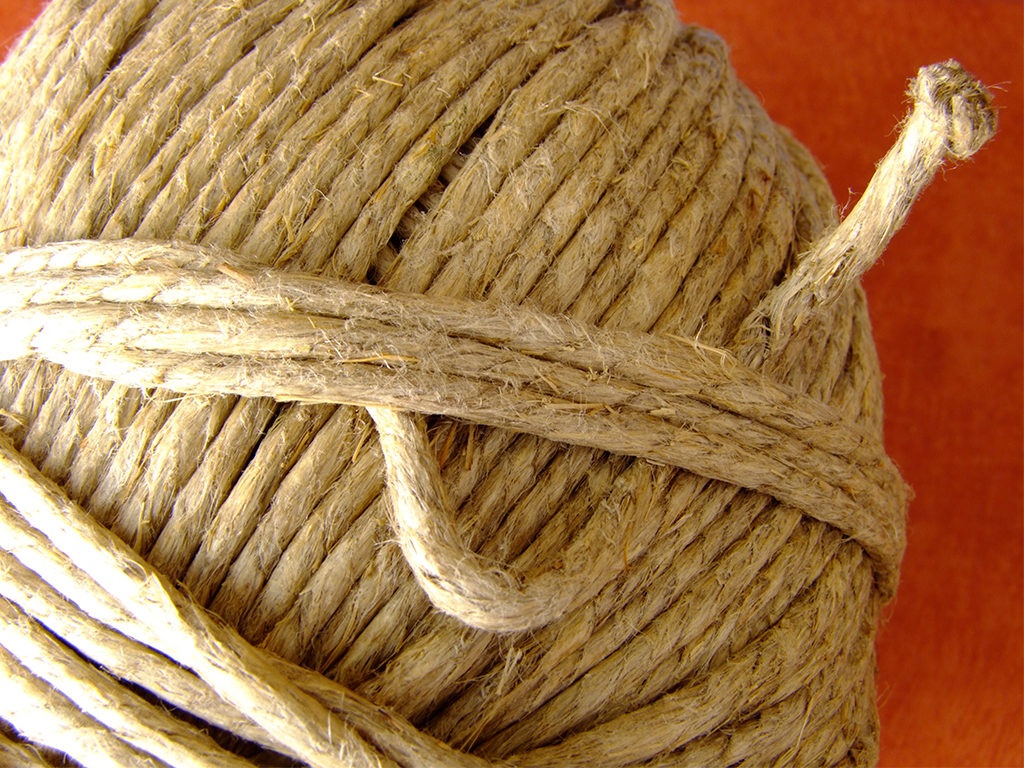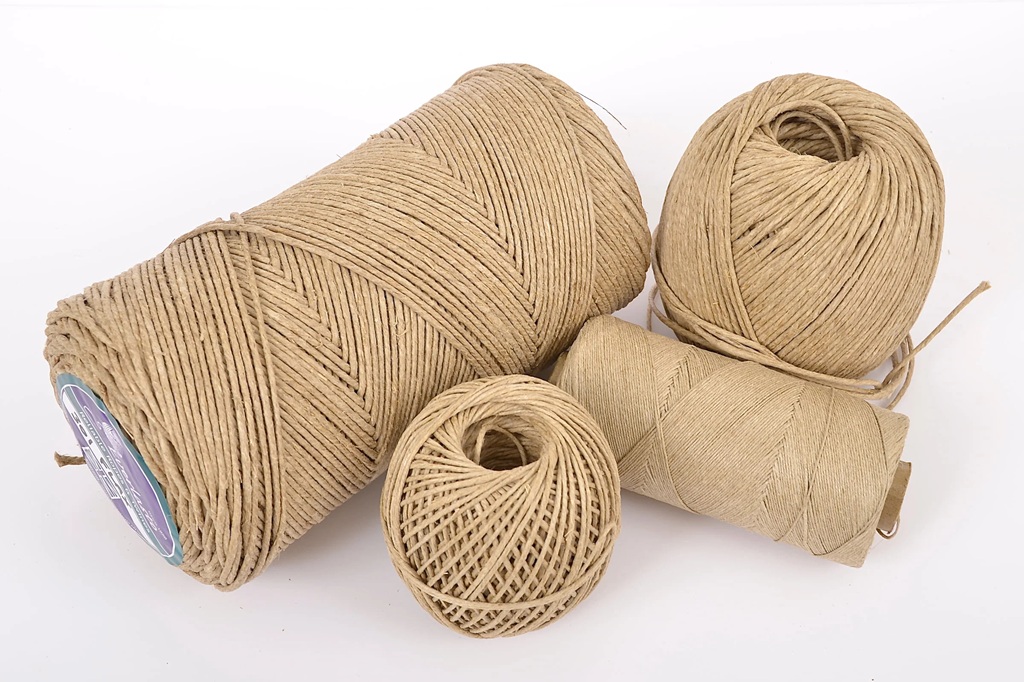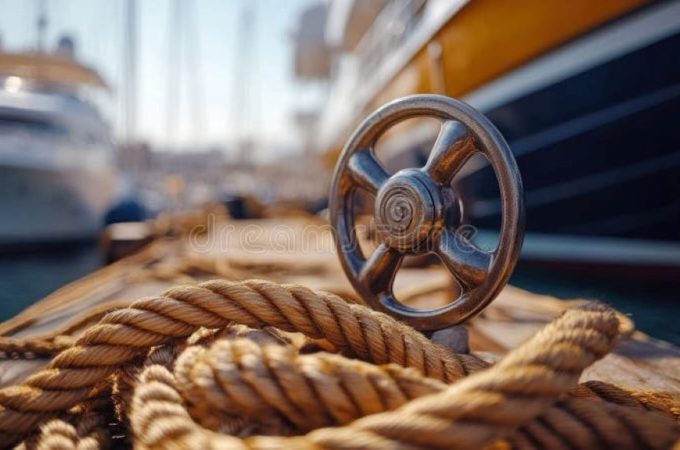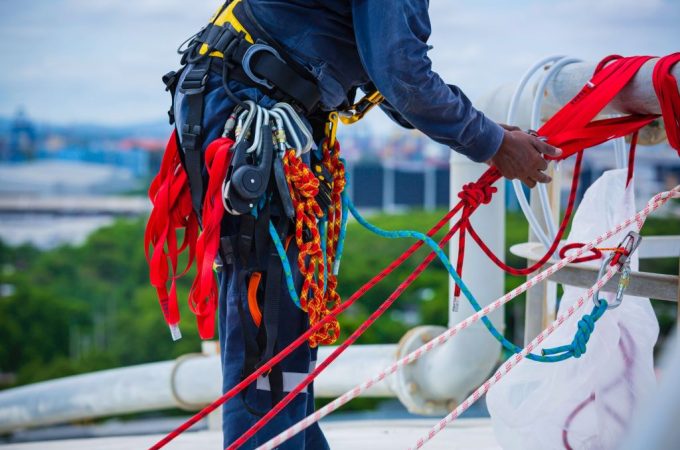
What is Flax Used for? Exploring Flax Rope Uses, Benefits, and History
Have you ever wondered about the natural fibers that shape our world? Specifically, what is flax used for beyond just linen clothing? One fascinating application is flax rope, a versatile material with a rich history and diverse uses. Let’s delve into the world of flax rope, exploring its origins, manufacturing, benefits, and modern applications.
Contents at a Glance
ToggleUnderstanding the Basics of Flax Fiber
Flax rope originates from the flax plant (Linum usitatissimum), a crop cultivated for its fibers and seeds. The long, strong fibers found within the plant’s stem are carefully extracted and processed to create yarn, which is then woven or twisted into rope. This natural fiber has been used for centuries, demonstrating its enduring strength and adaptability.
From Plant to Rope: The Manufacturing Process
The journey from flax plant to sturdy rope involves several key steps. First, flax stems are harvested and retted, a process that loosens the fibers from the surrounding tissues. Following retting, the flax is scutched and hackled to separate and refine the fibers. These refined fibers are then spun into yarn. Finally, the yarn is plied and twisted to create the durable flax rope we know.
- Harvesting: Flax plants are harvested when the stems turn yellow.
- Retting: This involves soaking the stems to decompose the pectin that binds the fibers.
- Scutching: The retted stems are crushed and beaten to remove woody parts.
- Hackling: This process combs and aligns the fibers, creating a smooth yarn.
- Spinning and Plying: The fibers are spun into yarn and then twisted together to form rope.
The Diverse Applications of Flax Rope
What is flax used for when it comes to rope applications? The answer is quite broad. Its natural strength and flexibility make it suitable for a variety of tasks. Historically, flax rope was vital for sailing ships, agricultural work, and various crafting projects. Modern applications include gardening, decorative purposes, and even specialized industrial uses.
Nautical and Maritime Uses
Historically, flax rope played a crucial role in maritime activities. Its strength and resistance to saltwater made it ideal for rigging, sails, and anchor lines. Although synthetic ropes have largely replaced flax in modern sailing, its historical significance remains profound.
Agricultural and Gardening Applications
In agriculture and gardening, flax rope offers an eco-friendly alternative to synthetic materials. It’s often used for tying plants, creating trellises, and securing garden structures. Its biodegradability makes it a sustainable choice for environmentally conscious gardeners.
Decorative and Crafting Purposes
Flax rope’s natural aesthetic appeal makes it popular in crafting and decorative applications. It’s used in macramé, rustic home decor, and even as a decorative binding for packages. Its natural texture and earthy tones add a unique touch to various projects.
Industrial and Specialized Uses
Beyond its traditional uses, flax rope also finds applications in specialized industries. Its tensile strength and natural properties make it suitable for certain industrial applications, such as in composite materials and as a reinforcement fiber.
Benefits of Using Flax Rope
Flax rope offers several advantages over synthetic ropes. Its natural properties and environmental friendliness make it a preferred choice for many. Let’s explore some key benefits.
- Strength and Durability: Flax fibers provide excellent tensile strength, making the rope durable and reliable.
- Biodegradability: Unlike synthetic ropes, flax rope is biodegradable, reducing environmental impact.
- Natural Aesthetics: Its natural color and texture offer a rustic and appealing look.
- Eco-Friendly: Flax cultivation requires fewer pesticides and fertilizers compared to other crops.
- Moisture Resistance: Flax fibers have natural moisture-wicking properties.
Comparing Flax Rope to Other Natural Fibers
While hemp and jute are other popular natural fibers, flax rope stands out for its unique characteristics. Flax fibers are typically longer and finer than hemp, resulting in a smoother and stronger rope. Jute, while affordable, may not offer the same level of durability as flax.
Related: What is Flax Rope? Unraveling the Versatile Natural Fiber
Sustainability and Environmental Impact
Choosing flax rope aligns with sustainable practices. Flax is a low-impact crop that requires minimal chemical inputs. Its biodegradability ensures that it decomposes naturally, reducing waste and environmental pollution.
Maintaining and Caring for Flax Rope
To prolong the life of flax rope, proper maintenance is essential. Store it in a dry, well-ventilated area to prevent mold and mildew. Avoid exposing it to harsh chemicals or extreme temperatures. Regular inspection for wear and tear is also recommended.
Tips for Extending Rope Lifespan
- Keep it dry and clean.
- Avoid prolonged exposure to direct sunlight.
- Store it away from sharp objects.
- Treat it with natural preservatives if needed.
The Future of Flax Rope
As the demand for sustainable materials grows, the future of flax rope looks promising. Innovations in processing and manufacturing are improving its quality and expanding its applications. Researchers are exploring new ways to enhance its strength and durability, making it a viable alternative to synthetic ropes in various industries.
Related: What is Bomb Rope Called Lone Star? Unraveling the Mystery
Innovations and Advancements
Advancements in fiber extraction and spinning technologies are enhancing the quality and consistency of flax rope. New treatments and coatings are being developed to improve its resistance to moisture and UV radiation.
Growing Demand for Sustainable Materials
The increasing awareness of environmental issues is driving the demand for sustainable materials like flax rope. Industries are seeking eco-friendly alternatives to reduce their carbon footprint and promote a circular economy.
Related: Is Sisal Rope Non-Toxic? Unveiling the Natural Fiber’s Versatility
Conclusion
Flax rope is a testament to the enduring value of natural fibers. What is flax used for? It is used for a variety of applications, from traditional maritime uses to modern crafting and industrial purposes. Its strength, durability, and eco-friendly properties make it a versatile and sustainable material. By understanding its origins, manufacturing, and benefits, we can appreciate the significance of flax rope in our lives.
Ready to explore the versatility of flax rope? Discover its applications in your next project and contribute to a sustainable future. Consider using flax rope for gardening, crafting, or even decorative purposes. Embrace the natural beauty and strength of this remarkable fiber.






